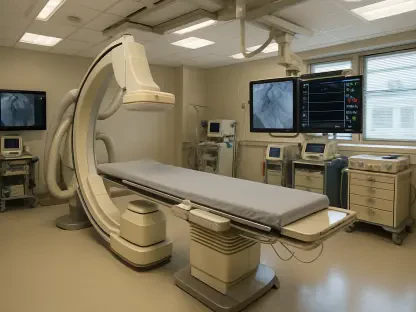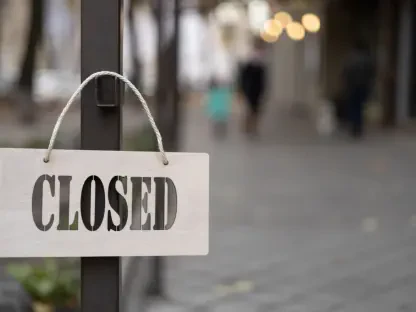In the quiet corridors of a rural hospital, the staff battles to maintain a full range of services despite significant funding cuts. This struggle has become increasingly common as hospitals nationwide grapple with the recent Supreme Court ruling on Disproportionate Share Hospital (DSH) payments. This decision has reshaped how funds are allocated, potentially altering the landscape for countless healthcare facilities serving low-income populations.
The Stakes of the High Court’s Decision
The importance of DSH payments cannot be overstated. They serve as a financial lifeline for hospitals, supporting facilities where low-income patients often outnumber those who have private insurance. This ruling mandates DSH payments to follow an interpretation that could reduce vital funding. For institutions already struggling to stay afloat, this adjustment might mean significant changes to how they can serve their community, risking both the quality and accessibility of patient care.
Interpreting the Court’s Verdict
The crux of the matter lies in how the Department of Health and Human Services calculates who should receive DSH funds. The court’s decision supported the narrower criterion that considers only patients receiving monthly SSI cash benefits rather than all enrollees in the SSI system. While this interpretation aligns with current legislation, it raises immediate questions about the broader implications for hospitals that rely on these payments to serve diverse low-income patient groups.
Expert Voices on Financial Ramifications
Healthcare economists and policy analysts express profound concern over the ramifications of this ruling. This sentiment resonates within affected hospitals, where administrators grapple with uncertainties. Representatives from advocacy groups emphasize the urgent need for revisiting DSH formulas to better reflect patients’ realities, arguing that current provisions do not adequately capture the complex financial needs of those reliant on hospital care.
Charting a Path Forward in a Changed Funding World
Hospitals must now innovate to adapt to reduced funding, deploying strategic resource management methods to maintain service delivery. Best practices proposed include engaging with legislative bodies to seek reform, exploring more efficient care delivery models, and leveraging technology to streamline operations without compromising patient outcomes. By taking proactive steps, hospitals can aim to not only weather the financial storm but also emerge more resilient.
A New Era in Hospital Funding Decision-Making
As hospitals navigate the aftereffects of the Supreme Court’s ruling, administrators deliberate on future strategies to sustain their operations. This decision, while challenging, has the potential to prompt crucial conversations around healthcare financing and the balance between regulatory policies and practical hospital needs. The healthcare industry may now collectively consider an evolving funding paradigm to ensure equitable service provision for all communities.









